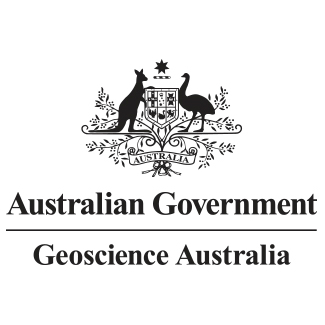Brief description
RPS Group were awarded a contract by CO2CRC (Geoscience Australia) to carry out a Aerial LiDAR survey over the Nirranda South region of the Victorian Coast. The data will be used for the CO2CRC Otway project which will demonstrate that carbon capture and storage is a technically and environmentally safe way to reduce Australia's greenhouse gas emissions.
Lineage
Maintenance and Update Frequency: asNeeded
Statement: RPS Group were awarded a contract by CO2CRC (Geoscience Australia) to carry out a Aerial LiDAR survey over the Nirranda South region of the Victorian Coast. The data will be used for the CO2CRC Otway project which will demonstrate that carbon capture and storage is a technically and environmentally safe way to reduce Australia's greenhouse gas emissions. NEDF Metadata Acquisition Start Date: Friday, 20 May 2016 Acquisition End Date: Saturday, 21 May 2016 Sensor: LiDAR Device Name: Trimble AX60 Flying Height (AGL): 450 INS/IMU Used: Applanix POS/AV 610 IMU Number of Runs: 29 Number of Cross Runs: UNK Swath Width: 521 Flight Direction: SW Swath (side) Overlap: 30 Horizontal Datum: GDA94 Vertical Datum: AHD71 – using local Geoid model Map Projection: MGA54 Description of Aerotriangulation Process Used: UNK Description of Rectification Process Used: UNK Spatial Accuracy Horizontal: 0.8 Spatial Accuracy Vertical: 0.3 Average Point Spacing (per/sqm): 8.26 Laser Return Types: Full waveform in excess of 4 returns Data Thinning: NA Laser Footprint Size: 0.3 Calibration certification (Manufacturer/Cert. Company): Trimble AX60 Limitations of the Data: The workflow and quality assurance processes were designed to achieve the Level 3 requirement for “removal of significant anomalies which remain in the ground class (2) and achieve a ground point misclassification rate of 1% or less. The classification accuracy was not measured. Surface Type: Mixed Product Type: Mass Points Classification Type: C3 Grid Resolution: 1 Distribution Format: LAS Processing/Derivation Lineage: The IMU and post processed airborne GPS logs were used to generate the LiDAR point cloud from the waveform instrument data. Raw LiDAR swaths were levelled to establish internal consistency, merged and 2km x 2km tiles in LAS v1.4 format were created. An automatic classification algorithm was applied in TerraScan software to produce an initial classification of ground (2) and unclassified (1). High and low noise points were automatically classified and allocated to class 7. The ground classification was improved manually by visually scanning the ground surface and reassigning points from ground to unclassified to remove spikes and by assigning unclassified points to ground where the ground surface lacked sufficient detail to describe the terrain (i.e. large TIN triangles). The classification of ground points was to the ICSM level 3 standard (99% accuracy with respect to ground points). On completion of the ground classification automatic algorithms were used to classify unclassified points to low vegetation (3), medium vegetation (4), high vegetation (5) and buildings (6). The classification accuracy was not measured empirically. WMS: UNK?
Notes
Purpose
Statement of Requirements: Acquistion of LiDAR and Imagery for Nirranda 2016




